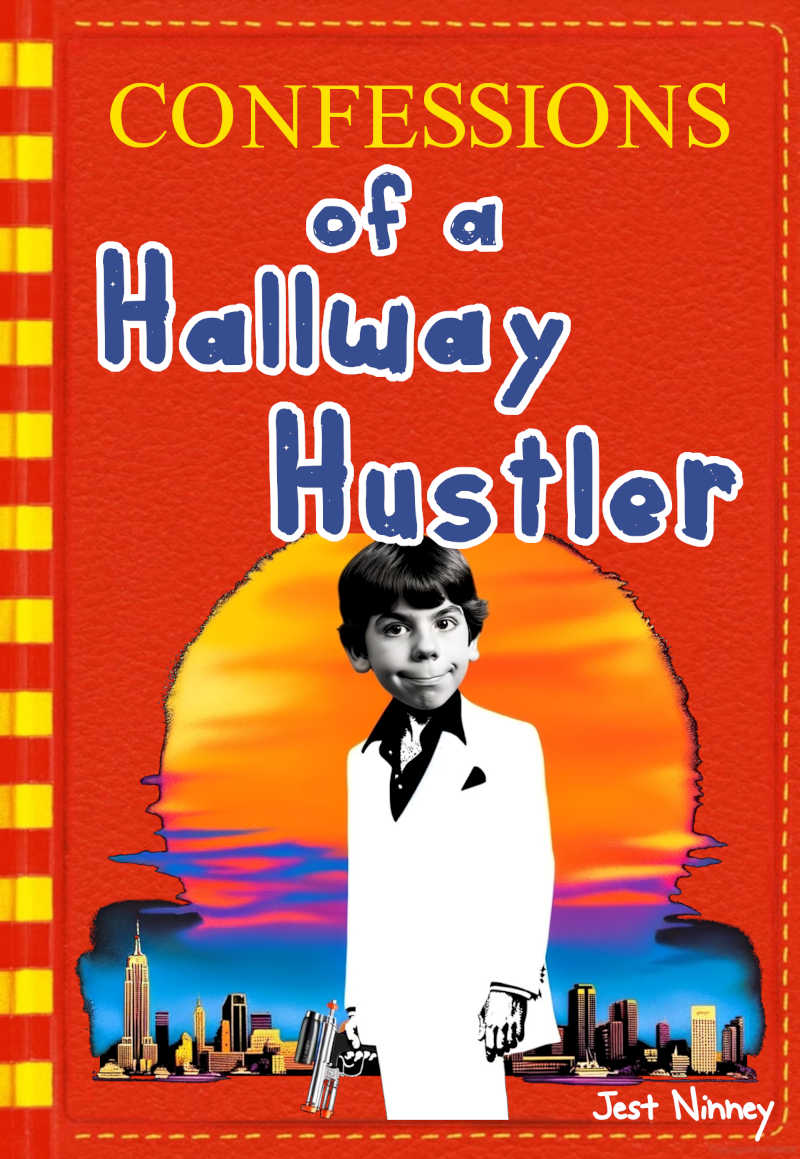Definition of Verisimilitude
Verisimilitude is a literary term that refers to the believability or the appearance of truth in a work of fiction. It is the quality that makes a story seem real, even if the events and characters are made up. The term is often used to evaluate how well a work of fiction mimics reality.
Etymology and Brief History
The term “verisimilitude” comes from the Latin word “verisimilitudo,” which is a combination of “verus,” meaning true, and “similis,” meaning similar.
The term has been used in literary criticism since the Renaissance period. Early critics like Aristotle touched upon the concept, emphasizing the importance of a work appearing believable, although the term itself was not used.
In the 18th and 19th centuries, the term gained more prominence as realism became a more popular literary style.
Verisimilitude in Literature
“To Kill a Mockingbird” by Harper Lee
In Harper Lee’s “To Kill a Mockingbird,” the setting of Maycomb, Alabama, is a fictional place but closely resembles the Southern United States during the 1930s. The characters and their dialogues are crafted in a way that they seem like real people. This verisimilitude helps the reader engage with the social issues, like racism, presented in the book.
“1984” by George Orwell
George Orwell’s “1984” offers a dystopian world that is frighteningly believable. The political system, language (“Newspeak”), and even the technology (telescreens) are detailed enough to make the reader feel that such a world could exist. This level of verisimilitude serves to warn the reader about the dangers of totalitarian regimes.
“The Catcher in the Rye” by J.D. Salinger
J.D. Salinger’s “The Catcher in the Rye” uses the first-person narrative of Holden Caulfield to create a sense of verisimilitude. Holden’s language, thoughts, and experiences are those of a troubled teenager, making it easy for readers to believe in the character and his story. This believability makes the novel’s themes of alienation and loss more impactful.
Importance of Verisimilitude in Parody
Verisimilitude plays a crucial role in parody, a form of satire that imitates the style of another work or genre to criticize it. By closely mimicking the original, a parody can highlight its flaws, absurdities, or contradictions in a way that is both entertaining and thought-provoking. Some parodies, if done well, may even fool the reader into believing that they are real.
So we can think of verisimilitude in two distinct contexts. One is imitation of what an artist or community thinks of as real, hence, realism.
The other is the accurate imitation of a target text, as a parody does.
“Don Quixote” by Miguel de Cervantes
“Don Quixote” is often considered a parody of the chivalric romances popular in Cervantes’ time. The novel mimics the style and structure of these romances but the action takes place in a contemporaneous era. This contrast between the romantic ideal and the reality of that era serves to show with great comic effect just how absurd those chivalric ideals were.
“The Colbert Report” by Stephen Colbert
Stephen Colbert’s television show “The Colbert Report” parodied political talk shows. Colbert adopted the persona of a conservative pundit, mimicking the style and tone of such shows. The verisimilitude in his portrayal allowed him to critique the biases and absurdities in political media.
“Spinal Tap” by Rob Reiner
The mockumentary film “Spinal Tap,” directed by Rob Reiner, parodies rock documentaries. The film is so realistic that some viewers initially thought it was a real documentary. This level of verisimilitude allows the film to critique the excesses and pretensions of the rock music industry.
Conclusion
Verisimilitude is a vital literary tool that adds depth and believability to fictional works. It has its roots in Classical literature and has been recognized explicitly in Western literary criticism since the Renaissance.
In parody, verisimilitude serves to tighten the relationship between the parody and its target, making the implicit criticism all the more biting.

